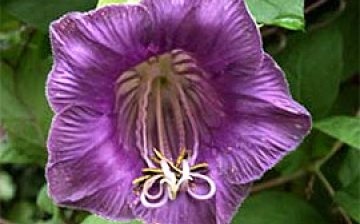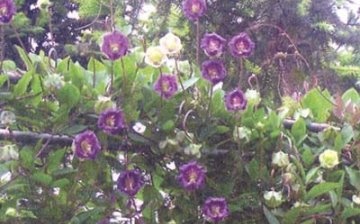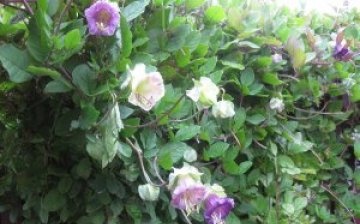Kobei from seeds - problems may arise when germinating
Kobeya is a very beautiful plant, attracts attention and makes you want to grow this unusual liana-shaped flower on your site. Only here is the problem - how does this plant reproduce? Many, even experienced, flower growers complain that it is very difficult to breed a kobe from seeds. Even if the seeds are pre-soaked, their germination rate is slightly below 30%. There are cases when the sown seeds of a plant did not germinate for a month, although at the same time they had a white, living core when breaking, which did not even think to sprout.
In order for a kobe from seeds at the beginning of summer to be ready for planting in the ground, seeds should be sown for seedlings in late January or early February. If the experiment is successful, the plant will sprout for 20 days. When sowing seeds of kobei without preliminary soaking, they must be deepened well, covered with a layer of soil up to 2 cm thick on top. The earth should be well compacted with your fingers, it is better to cover it with glass on top.
Experience shows that kobei germinates from seeds a little faster when the soil is watered with a growth stimulant with zircon.
More successful germination of seeds can be achieved by presoaking them. Kobei has large seeds, up to 1 cm in diameter, covered with a tight skin. It is she who is the cause of poor germination. In the process of soaking the seeds, the secreted mucous membrane should be removed from them, and several times, since it will appear repeatedly.
Considerable problems can be created by successfully grown seedlings during a prolonged spring with late frosts - a kobea plant is thermophilic, does not tolerate negative temperatures. Planting seedlings in the ground can be done no earlier than the threat of frost has passed.








